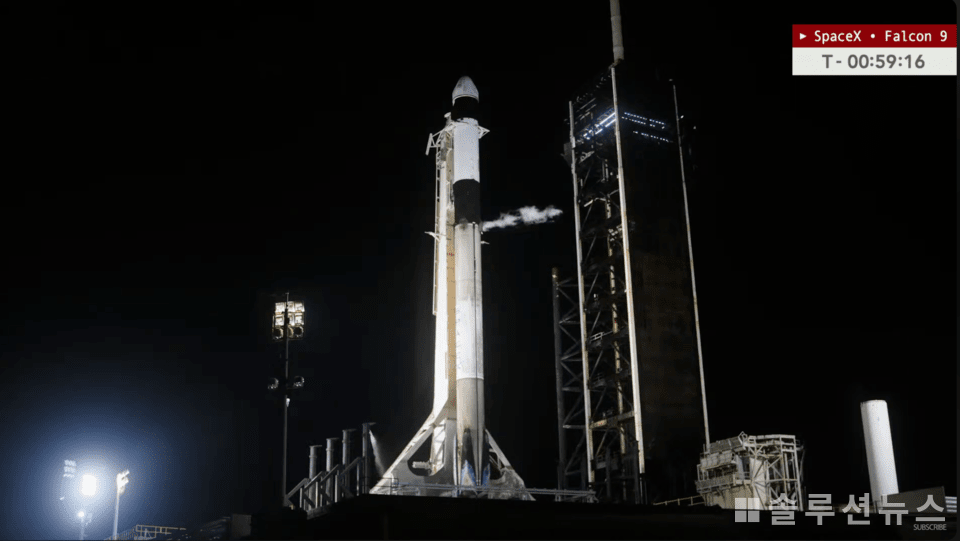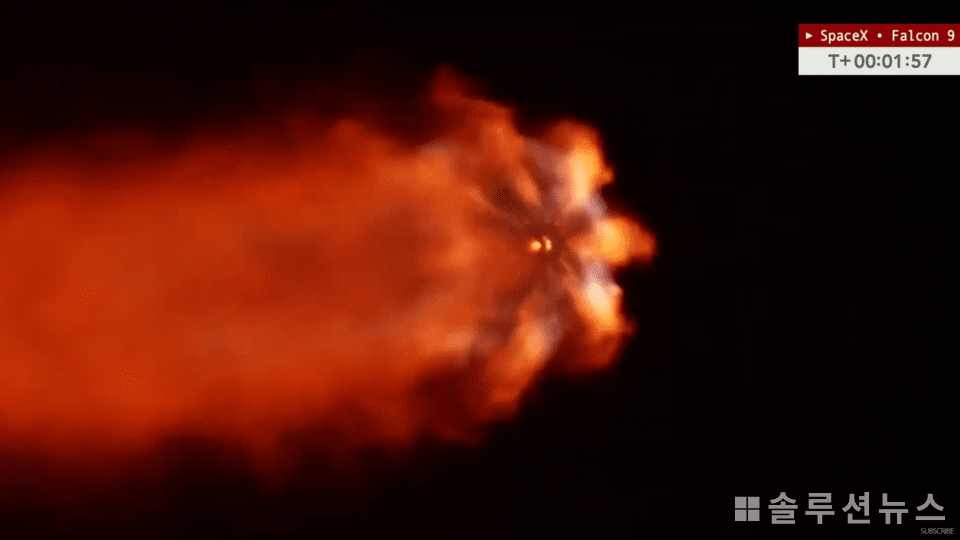SpaceX launched the Dragon 2 spacecraft at 4:15 AM (Eastern Time) on the 21st for a resupply mission to the International Space Station (ISS). The spacecraft is expected to attempt an autonomous docking with the ISS after approximately a 28-hour flight, around 8:20 AM on April 22 (Eastern Time).
The launch took place at Cape Canaveral Space Force Station in Florida. The Falcon 9 rocket carried the Dragon 2 spacecraft, which was loaded with approximately 3,000 kg of scientific equipment and supplies, into orbit.

The Dragon 2 is a cargo spacecraft equipped with both a pressurized section and an unpressurized trunk. The pressurized section, with a volume of 9.3 cubic meters, can carry sensitive experimental equipment. The unpressurized trunk area is composed of a 37 cubic meter space, transporting external equipment like solar panels.
The spacecraft can carry up to 6,000 kg of cargo to orbit and typically transports an average of 3,300 kg to the ISS. On return, it can bring back up to 3,000 kg of pressurized cargo to Earth, while approximately 800 kg of waste is incinerated upon atmospheric reentry.

Docking proceeds automatically according to prescribed procedures. The spacecraft adjusts its relative position with the station while in orbit as it approaches. After completing initial alignment through soft capture, it firmly connects the structure with hard capture. Once docking is complete, cargo, power, and data are transferred bidirectionally.
The Falcon 9 first-stage booster used in the launch has entered the recovery sequence for its return to Earth. Recovery consists of three stages: orbital realignment, deceleration burn, and landing burn. The recovery point is either a maritime drone ship or a site near the launch area.
As of April 2025, SpaceX has successfully recovered boosters 431 times out of 444 attempts, amounting to a success rate of 97%. The current record for the most flights by a single booster is 27. With technological advancements, the maximum number of uses per booster has increased to 40 times.
Approximately 60% of the total launch cost is attributed to the Falcon 9 booster. Achieving economic efficiency through repeated recovery is considered a key factor in competitive private space transportation.
Through this launch, SpaceX reaffirmed its vital role as a reliable supply line for ISS operations. Despite ongoing supply disruptions from other transportation companies, the Dragon 2 has established itself as a stable means of transportation.